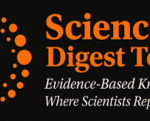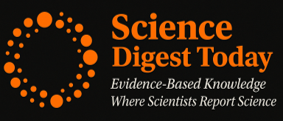In the EU, the use of sewage sludge in agriculture is governed by Council Directive 86/278/EEC . This directive was adopted on June 12, 1986, and the aim of this directive is to ensure that sludge is applied in a proper manner so as not to have adverse effects on soil, vegetation, animals and man. It sets out maximum concentrations of heavy metals, sets out treatment of sludge, and sets out the proper use of sludge, including the monitoring and reporting requirements. Furthermore, it permits Member States to adopt more stringent requirements if this is deemed necessary in order to protect the environment and public health.
In the EU, the use of sewage sludge in agriculture is governed by Council Directive 86/278/EEC . This directive was adopted on June 12, 1986, and the aim of this directive is to ensure that sludge is applied in a proper manner so as not to have adverse effects on soil, vegetation, animals and man. It sets out maximum concentrations of heavy metals, sets out treatment of sludge, and sets out the proper use of sludge, including the monitoring and reporting requirements. Furthermore, it permits Member States to adopt more stringent requirements if this is deemed necessary in order to protect the environment and public health.
Sewage sludge is known to be a great accumulator of heavy metals as 50 % – 80 % of the metals that are present in wastewater can be found in the sludge during treatment processes . These metals are not easily decomposed by chemical or biological processes, so they remain in the sludge and may be released into the environment during application of sludge to soil, which results in their bioaccumulation in the food chain (Alonso et al., 2022). Some of the concern focuses on cadmium (Cd), nickel (Ni), chromium (Cr), arsenic (As), copper (Cu), zinc (Zn), lead (Pb), and mercury (Hg) of which some like Cd, Pb and As are very toxic even at low concentrations . According to Caldeira et al. (2018), Cadmium exposure is associated with kidney and bone diseases and is labeled as carcinogenic by International Agency for Research on Cancer while Lead exposure can cause harm to the neurological, gastrointestinal, cardiovascular and hematological systems. .
The concentration of heavy metals in sewage sludge differs between various countries with the levels depending on the national legislations, the sources of wastewater and the existing treatment technologies . These metals are mainly coming from industries that discharge wastes into water sources and from materials used in water storage and distribution systems including copper and zinc from galvanized pipes as shown in Figure 1. Although the metals are present at rather high levels, the application of sewage sludge to soils is usually allowed. Usual application rates of 0.5%-2.0% (dry weight) to soil will not cause substantial increase of metal contents with a single application.


